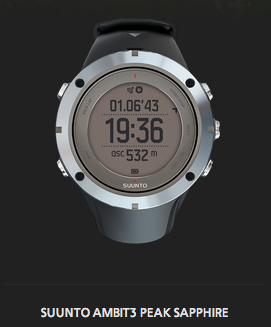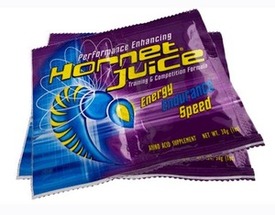Why Higher Cadence Works
 Tuesday, June 12, 2012 at 9:48AM
Tuesday, June 12, 2012 at 9:48AM When you do a low cadence, you are recruiting more use out of a shorter list of muscles for an up and down motion. When you do a higher cadence, you are "spreading the load" to more muscles to do a rotary motion. And with less load in one area, your blood and lungs can more effectively fuel the engine because there are more input points. So instead of 10 muscles doing 90% effort, you have 18 muscles doing 50% effort, and you also don't get a bottleneck of fueling to those muscles. Output is still 9 units, but at only 50% effort, you don't fatigue as fast.
Get on your bike and check it out for yourself. Go a really low cadence and you can name every single muscle as it's being used, and you're using it hard. Go at 92 rpm and you can't begin to name them off because they are picking up and transferring load so quickly to each other. Not only that, but you'll notice that you are using more of your full body and lots of extra muscles to get the job done.
In addition, because you're at a higher rate of continuous motion, each muscle is just pushing along an object that is already in motion. If you are tossing sandbags down a line, it is easier to keep them in motion than each person stopping the bag in place and then picking it up to move it again. When you pump up and down, that's like lifting a bag of sand and setting it down over and over again. When you "spin", that's more like holding the bag of sand and spinning around in circle. If you measured watts of output and made them equal, you could spin in place much longer than you could lift and drop repeatedly.














Reader Comments